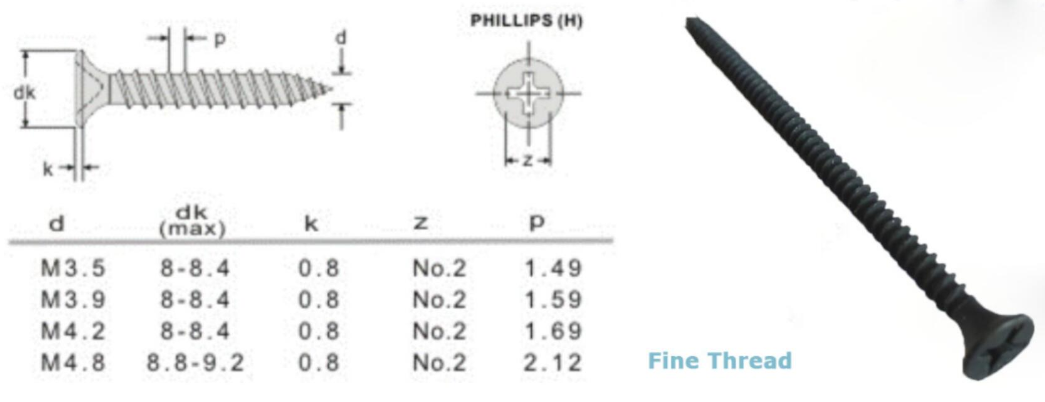self tapping screw vs self drilling screw manufacturers
Understanding Self-Tapping and Self-Drilling Screws A Comparative Guide for Manufacturers
In the fast-paced world of manufacturing, choosing the right types of screws is essential for ensuring product quality and assembly efficiency. Among the most notable types are self-tapping screws and self-drilling screws. While they may appear similar, each has distinct features and applications that can significantly impact the outcome of projects. This article will explore the differences between self-tapping and self-drilling screws, helping manufacturers make informed choices.
What are Self-Tapping Screws?
Self-tapping screws are designed to create their own thread in materials such as wood, metal, and plastic. They have a sharp point that allows them to penetrate surfaces without the need for a pre-drilled hole. The design typically features a tapered body and fluted or serrated thread that cuts into the material as the screw is driven in.
Self-tapping screws are versatile and can be used in a variety of applications, including furniture assembly, metalworking, and construction. However, the type of material being used is crucial. For instance, when fastening into a soft material like wood, a self-tapping screw will work efficiently, but in harder materials like metal, it may not perform as well unless specifically engineered for such use.
What are Self-Drilling Screws?
In contrast, self-drilling screws are equipped with a drill bit-like tip that allows them to drill their own pilot hole as they are being installed. Often referred to as tek screws, these screws are particularly useful for fastening metal components. The drill point is designed to cut through tougher materials, making them ideal for applications where structural integrity is crucial, such as in steel construction and HVAC installations.
Self-drilling screws significantly reduce assembly time since they eliminate the need for a separate drilling operation. This not only speeds up the construction process but also makes it less labor-intensive, as workers can use a single tool both to drill and to secure the fastener.
Key Differences
1. Design and Functionality The most apparent difference lies in their points. Self-tapping screws require an existing hole or the ability to create threads only, whereas self-drilling screws have a built-in drill point that can penetrate tough materials.
self tapping screw vs self drilling screw manufacturers

3. Installation Speed For projects requiring quick installation and significant structural support, self-drilling screws are generally the better choice due to their ability to cut through material and secure items simultaneously.
4. Cost While both types of screws are cost-effective in their own right, self-drilling screws may have a higher upfront cost due to their more complex manufacturing process. However, the time saved in assembly may justify this expense for many manufacturers.
Choosing the Right Fastener
When selecting between self-tapping and self-drilling screws, manufacturers should consider several factors
- Material Type Evaluate the materials being used and their thickness to determine which type of screw is most appropriate. - Strength Requirements For applications requiring greater holding power, self-drilling screws are often superior due to their ability to penetrate tough surfaces effectively.
- Project Timeline If speed is of the essence, self-drilling screws can streamline the assembly process significantly.
- Cost Effectiveness Consider the overall cost including installation time, labor, and material compatibility before making a decision.
Conclusion
Both self-tapping and self-drilling screws are essential components in various manufacturing processes. By understanding their unique properties and appropriate applications, manufacturers can enhance efficiency, ensure quality, and ultimately save costs. As industries continue to evolve, staying informed about the latest advancements in fastening technology will allow businesses to adapt and thrive in a competitive marketplace.
-
Top Choices for Plasterboard FixingNewsDec.26,2024
-
The Versatility of Specialty WashersNewsDec.26,2024
-
Secure Your ProjectsNewsDec.26,2024
-
Essential Screws for Chipboard Flooring ProjectsNewsDec.26,2024
-
Choosing the Right Drywall ScrewsNewsDec.26,2024
-
Black Phosphate Screws for Superior PerformanceNewsDec.26,2024
-
The Versatile Choice of Nylon Flat Washers for Your NeedsNewsDec.18,2024










